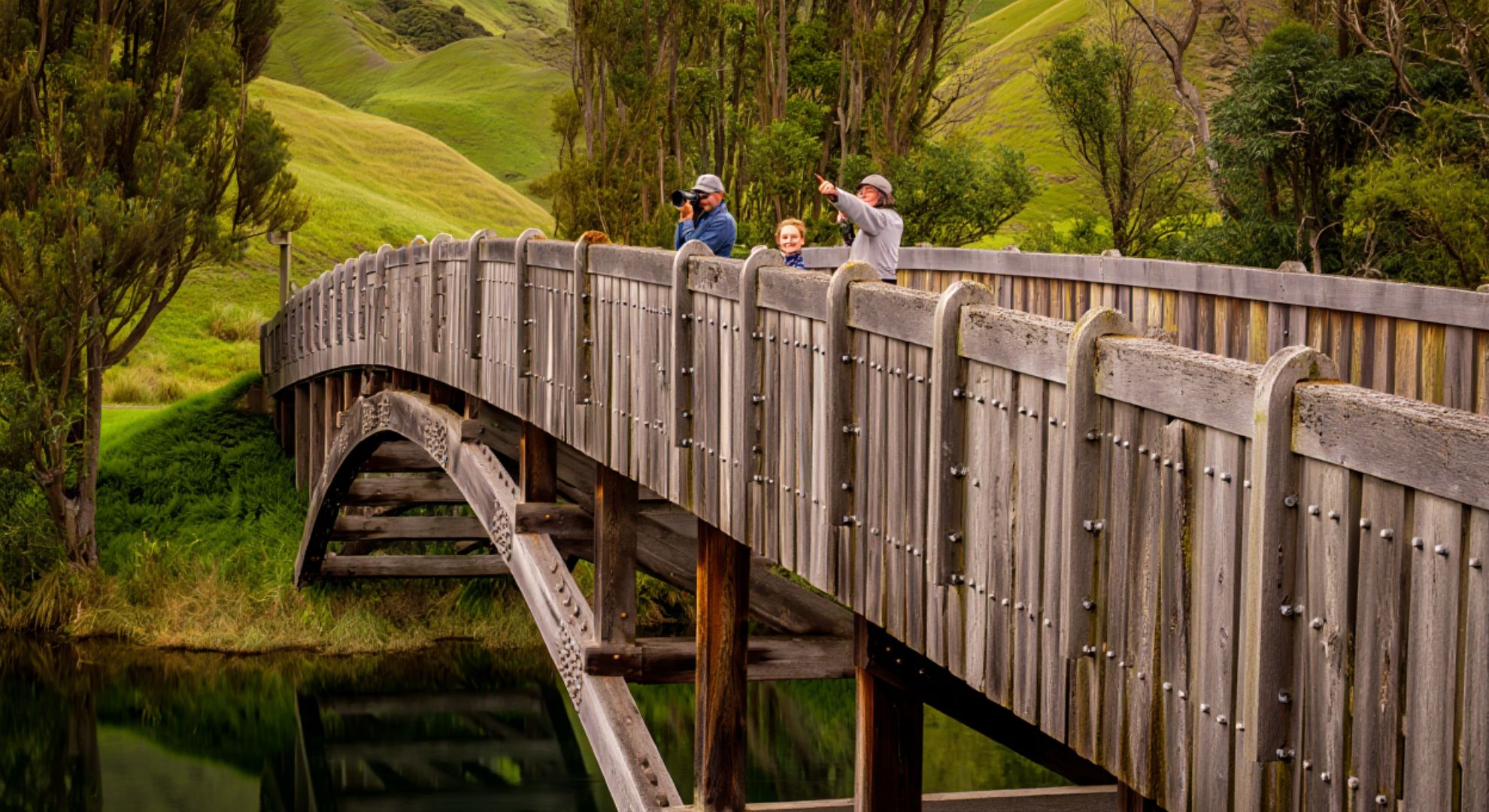A thin ribbon of weathered timber stretches over a chilly river in Southland. It creaks when utes cross at dawn, echoes with gulls at noon, and glows honey-brown when the winter sun breaks through. For more than a century, it stitched two sides of a rural district together. Now, barricades are stacked nearby, and the demolition contractor has pencilled in a date.
Why the push to remove it
Officials call it a safety decision. The Southland District Council says structural assessments have found rot in critical members and fatigue in the stringers. Load limits have been cut. Temporary bracing went in. Even so, the margin for error is slimmer than a bandsaw blade.
“It’s a hard call, not a heartless one,” a council spokesperson said. “We cannot keep a bridge open when engineers warn us that a failure could be catastrophic.”
There’s also the ledger. Bridge maintenance has been a running deficit for years across the region. Ratepayers see the line items. Councils see the liability.
A community arguing for time
Locals aren’t ready to watch the old span vanish into skip bins.
“It’s not just lumber and bolts,” said dairy farmer Rangi Te Aho, gesturing toward the river. “My grandfather drove sheep across that deck. My kids learned to fish under it. We’re not asking for fairy tales—just a fair hearing.”
Heritage advocates point out that very few working timber road bridges remain in Southland. “You can teach civil engineering with a textbook,” said heritage architect Isla Morton, “but you can feel civil engineering when you run your hand along these beams.”
Numbers on a page, memories in the timber
The clash here is almost elemental: spreadsheets versus stories.
- What’s at stake:
- Everyday access for farms, school runs, and emergency services
- A living artifact of regional craft and identity
- The cost—and carbon—of building new versus caring for old
On the fringes of the protest, one of the bridge carpenters from decades back leaned on his cane. “We overbuilt in those days,” he said with a wry smile. “But time overbuilds too.”
What the engineers say
The technical report is blunt. Decay pockets appear in the pile caps. Shear checks fail on several girders under modern axle loads. Water has tracked into joints that were never detailed for century-long exposure. The deck can be patched, but the bones are tired.
“Could you keep it standing? Yes,” said structural engineer Liam Park, “but not as a truck route without extensive intervention. You’d be replacing so much that you’d question whether you’d saved the bridge or recreated it.”
That line—save or simulate—sits at the crux. Purists want original material. Roading managers want serviceability. Ratepayers want value. And everyone wants to arrive home safely.
Options on the table
The council floated three pathways: full demolition with a new concrete structure; a hybrid that salvages part of the old bridge as a pedestrian link; or a deep restoration to return it to light-vehicle duty. Each path carries trade-offs in cost, time, and carbon.
| Option | Estimated Cost (NZD) | Timeline | Lifespan Added | Access During Works | Key Risk |
|---|---|---|---|---|---|
| Demolish + build new concrete bridge | $6.5–$8.2 million | 12–18 months | 75–100 years | Detours required | Higher upfront spend; loss of heritage |
| Hybrid: partial retain + footbridge | $3.2–$4.1 million | 9–12 months | 30–40 years (ped.) | Staged closures | Ongoing upkeep of legacy elements |
| Deep restore for light vehicles only | $2.4–$3.0 million | 6–9 months | 15–25 years | Intermittent | Weight limits; recurring maintenance |
Figures here are indicative; the council’s procurement papers show ranges shifting with timber prices and supply chain uncertainty. Carbon accounting muddies the water: concrete locks in emissions now; restoration spreads smaller emissions across more frequent interventions. Neither path is emissions-free.
The soul of a back road
Beyond the sums, there’s the way the bridge makes the place feel. The smell of wet macrocarpa rails after rain. The knock of loose planks under bicycle tyres. The modest theatre of waiting while a stock truck inches across.
“You take it away,” said schoolteacher Moana Reeve, “and you take away a chapter of how we tell our kids where they’re from.”
Council staff say they hear that. “We’re not dismissing heritage,” the spokesperson added. “We’re trying to keep people alive on their drive home. If we can carry a thread of the past into the design of the new, we will.”
A different kind of compromise
There’s a proposal gaining quiet traction: record the structure in meticulous detail, mill replacement members from local sustainably harvested timber, and rebuild a section as an off-road learning platform—part outdoor classroom, part engineering lab. Keep the river crossing functional with a modern span, but keep the story tangible.
“Let’s let kids put their hands on trunnels and wedges,” Morton said. “Let them see how things were held together before epoxy.”
It’s not everything the protesters want. But it might be more than a plaque.
What happens next
A final vote is scheduled within weeks. Emergency weight restrictions remain in place. Detour signs are stacked, ready.
In the short window before diggers arrive, the bridge feels oddly alive—photographers crouch for the right angle, old-timers swap names of long-gone road gangs, a pair of teenagers scratch their initials into a guardrail already freckled with a century of marks.
Bridges connect more than land. They lash memory to movement. Whether the next crossing glints with prestressed beams or breathes through timber grain, Southland will still need to cross this river. The question is how much of its past it can carry as it does.
